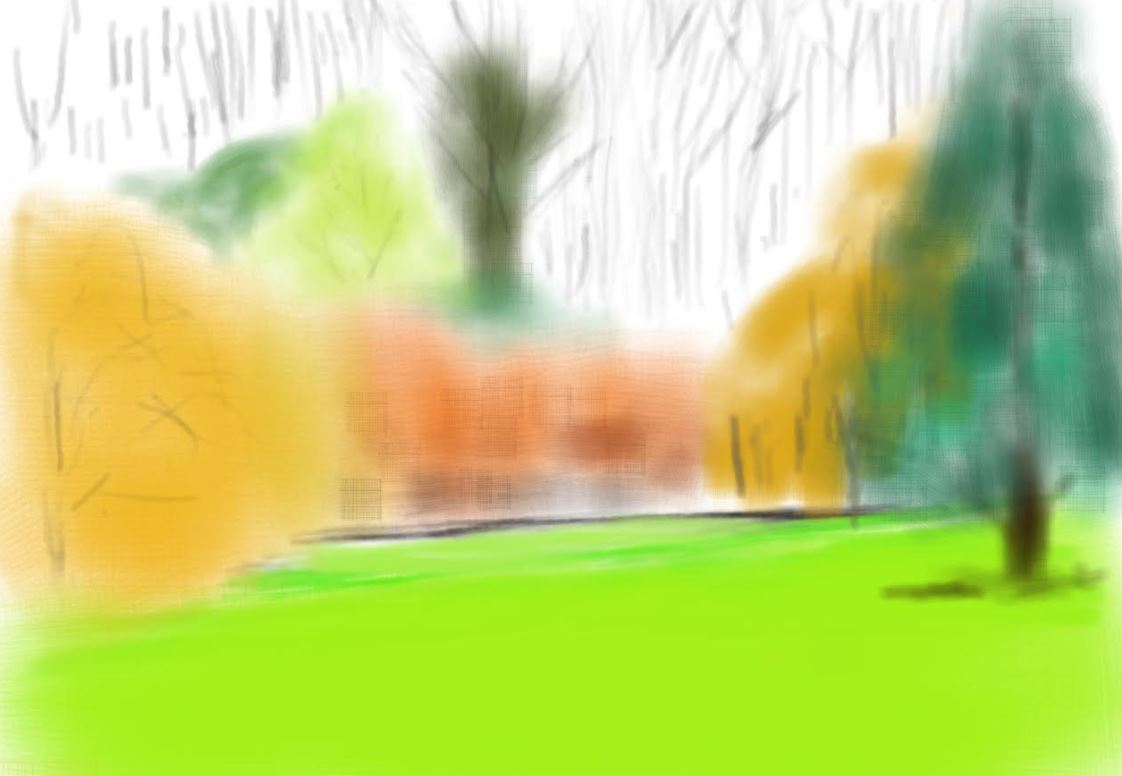According to historical records 150 years ago, in 1868, the wood was populated with mature broad leafed native trees. Then it was nearly 4 acres (compared to 3.2 acres now). According to the London Wildlife Trust who examined it in 1995, it is likely that the woodland was part of a much larger ancient woodland. The wood was once worked for wood (coppice with standards) and it could date back to the 14th century. An ash coppice or underwood was cut back to ground level when it was between 7 and 15 years old and the poles used on the land. The timber trees, or standards would be felled in their prime between 70 and 150 years old. A substantial number of trees in the wood must be of this age.
| I maintain the pathways, a circular path around the edge and a diagonal that I cut across the woods. A spring line rises in the top of the woods within about 5-10m of the northern boundary. When we have had a lot of rain there is surface water and it ponds near the southern edge. Sedges grow in the area that is wettest. Trees identified in a 1994 survey include Ash (dominant), Field Maple, Oak, Sycamore. Wild Cherry, and Willow. Shrubs include: Hazel, Elder, Blackthorn, Dogwood, Buckthorn and Buddlieu. There are also climbers – ivey, old man’s beard, sweet byrony, bramble and woody nightshade. The herb layer contains stinging nettle, coltsfoot, forget-me-knot, gromwell, sauide, creeping buttercup, figwort, bedstraw, sedge, cuckoo pint, dogs mercury, burdock, self-heal, medick, penny royal, thistle, sorrel willow herb and bluebell. Fungi include clouded agavic, cramp apple, dryads saddle, antley and pinwheel. | |

 RSS Feed
RSS Feed